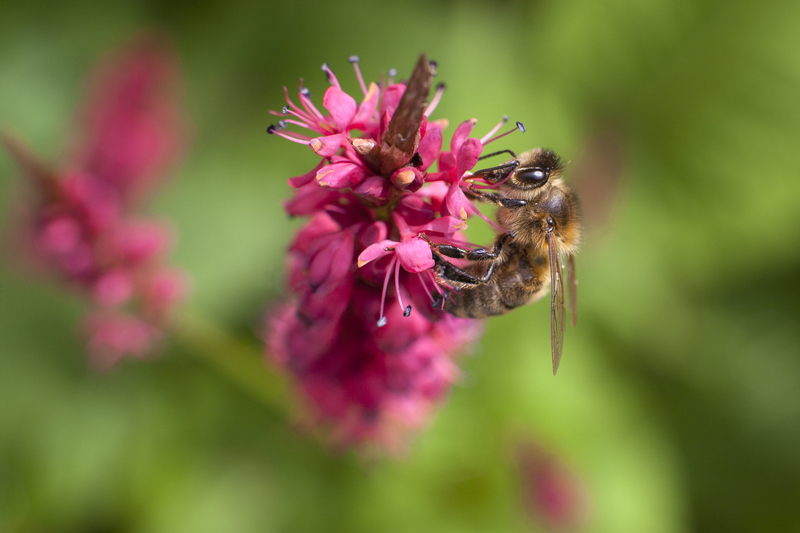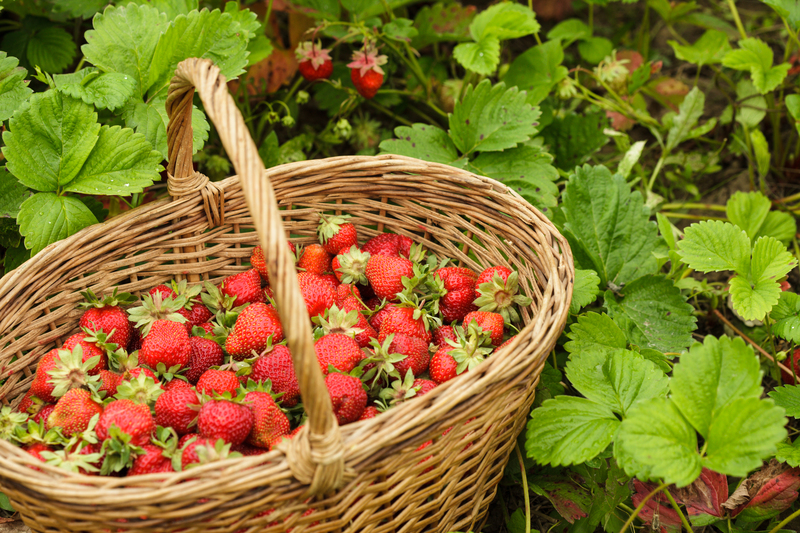Bring Life to Shaded Areas with Evergreen Climbing Plants
Posted on 28/05/2025
Transform Shaded Spaces with Evergreen Climbing Plants
Creating a lush, green sanctuary in a shaded garden can be challenging, especially when you crave vibrant life and color. Fortunately, evergreen climbing plants are perfect for bringing life and beauty to these overlooked areas. These hardy plants not only survive but thrive in the shade, adding an invigorating touch to any gloomy corner. In this article, we will explore the best evergreen climbers for shaded areas and provide tips for planting and maintenance.
Why Choose Evergreen Climbing Plants?
Before we delve into the types of plants you'll want to consider, let's first understand why you should opt for evergreen climbers for your shaded areas:
- Year-Round Appeal: Unlike deciduous plants, evergreens maintain their foliage throughout the year, providing continuous green coverage and interest, even in the depths of winter.
- Space Efficiency: Climbing plants make use of vertical space, which is perfect for small gardens or areas where ground space is limited.
- Low Maintenance: Many evergreen climbers require minimal care, freeing up your time for other gardening activities.
- Environmentally Friendly: These plants can improve air quality and provide habitats for pollinators and other wildlife.

Top Evergreen Climbers for Shaded Areas
Now, let's delve into the most popular evergreen climbing plants that are ideal for shaded environments.
1. English Ivy (Hedera helix)
English Ivy is a robust and versatile plant known for its ability to cover walls, fences, and even the ground when left unchecked. Its dark green leaves create a classic look that suits traditional and modern gardens alike.
- Growth Habit: Fast-growing, ideal for large coverage.
- Preferred Conditions: Thrives in deep to partial shade and can tolerate poor soil quality.
- Maintenance Tips: Regular pruning is necessary to keep growth under control and prevent it from becoming invasive.
2. Evergreen Clematis (Clematis armandii)
Clematis armandii is a favorite among garden enthusiasts due to its sweetly fragrant, star-shaped flowers. This climber offers visual appeal and a lovely scent to enrich your garden.
- Growth Habit: Slow to moderate grower, perfect for fencing or walls.
- Preferred Conditions: Enjoys partial shade and can tolerate full shade conditions.
- Maintenance Tips: Prune after flowering to shape and encourage healthy growth.
3. Climbing Hydrangea (Hydrangea anomala subsp. petiolaris)
The Climbing Hydrangea is an elegant choice that can thrive even in the darkest corners. Its stunning white flowers and lush foliage make it a standout in any shade garden.
- Growth Habit: Slow-growing initially, but becomes a vigorous climber once established.
- Preferred Conditions: Prefers partial to full shade and moist, well-drained soil.
- Maintenance Tips: Prune in late winter or early spring to maintain shape.
4. Virginia Creeper (Parthenocissus quinquefolia)
Though technically not an evergreen, it's essential to mention Virginia Creeper for its sheer adaptability and low maintenance. In fall, it provides a fiery red display, transforming shaded areas with seasonal color.
- Growth Habit: Rapid grower, offering excellent coverage.
- Preferred Conditions: Grows well in a range from full sun to full shade.
- Maintenance Tips: Prune in late winter to manage size and remove dead wood.

Planting and Caring for Evergreen Climbing Plants
Planting Tips
Successfully planting evergreen climbing plants in shaded areas involves careful planning and execution. Follow these tips to ensure your plants flourish:
- Choose the Right Plant: Consider your climate, soil type, and the level of shade when selecting a plant.
- Prepare the Soil: Enrich the planting site with organic matter, such as compost, to improve drainage and nutrient supply.
- Plant at the Right Time: Spring and early autumn are ideal for planting climbers as the soil is warm, encouraging root growth.
- Support Structures: Install supports such as trellises or wires to guide climbers and prevent them from becoming unruly.
Maintenance and Care
Once your plants are established, regular maintenance is necessary to keep them healthy and looking their best.
- Watering: Water newly planted climbers regularly until they are established; mature plants require less frequent watering unless conditions are particularly dry.
- Pruning: Regular pruning enhances plant health by removing dead or overcrowded growth and encourages flowering or foliage density.
- Feeding: Apply a balanced, slow-release fertilizer in early spring to boost growth; avoid over-fertilizing.
- Monitoring Pests: Watch for common pests like aphids and slugs, using eco-friendly solutions to tackle infestations.
The Environmental Impact of Evergreen Climbers
Beyond aesthetics, evergreen climbing plants benefit the environment significantly:
- Carbon Reduction: Climbing plants absorb carbon dioxide, helping to improve air quality.
- Wildlife Habitat: They provide shelter, food, and nesting sites for birds and beneficial insects.
- Temperature Regulation: Plants can insulate buildings, reducing energy costs associated with heating and cooling.
- Erosion Protection: Their extensive root systems stabilize soil and prevent erosion on slopes and embankments.
Conclusion
Incorporating evergreen climbing plants into shaded areas is a rewarding way to enhance the beauty and functionality of your garden. With the right selection, planting, and care, these plants will offer year-round interest, injecting life and lush greenery into spots that were once neglected. Whether you're adorning a bare wall, adding privacy, or simply creating an enchanting green space, evergreen climbers provide diverse solutions that align with both aesthetic and environmental aspirations. Dive into the world of shade-tolerant climbers and watch your garden transform into a vibrant and environmentally-friendly haven!

